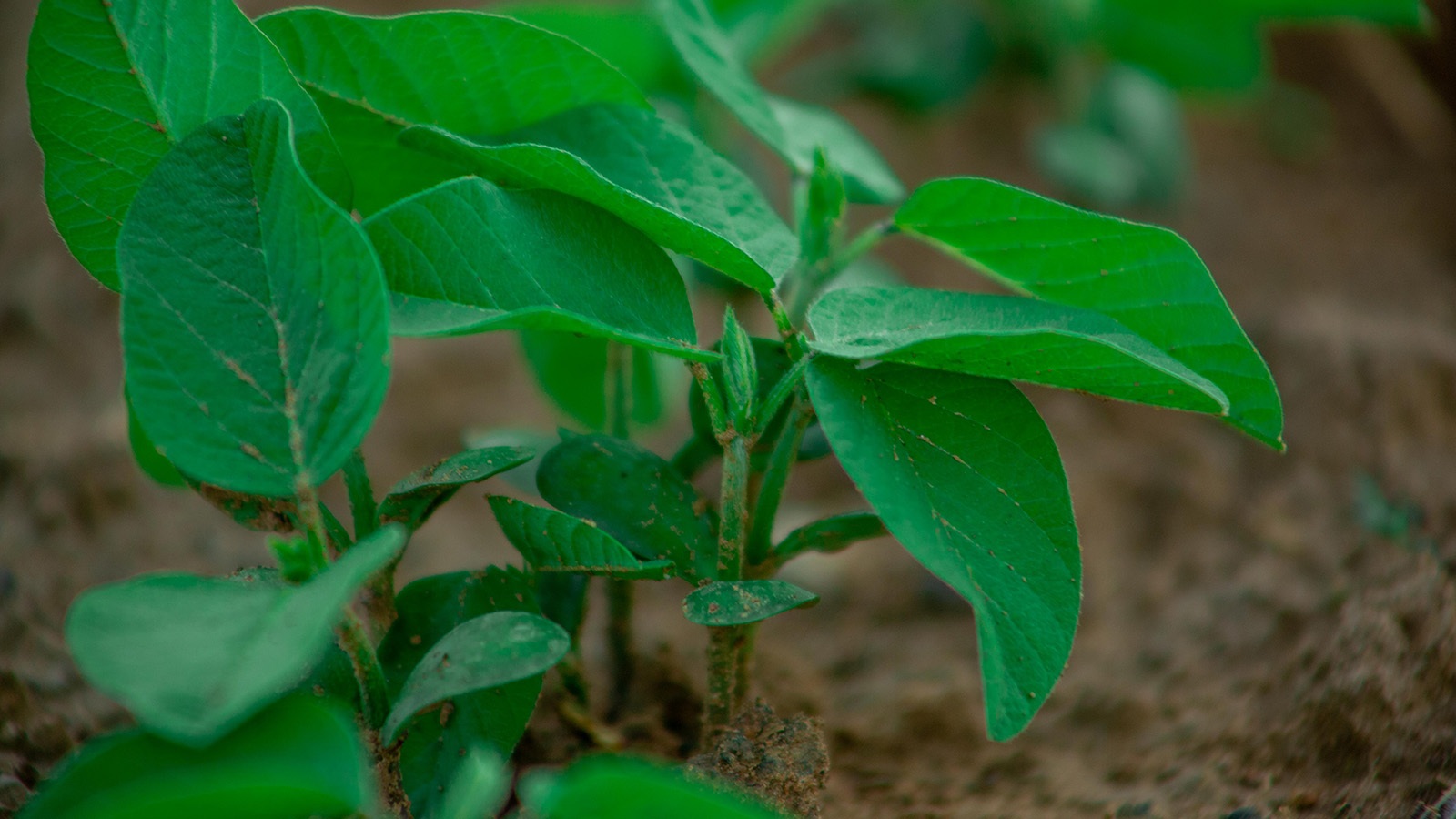- About Us
-
-
-
The Heart Of Agriculture
Seed Co has 85 years of experience in the production and supply of certified high-yielding seed varieties bred in Africa for African climatic and geographic conditions.
-
-
-
- Products
-
-
-
The Home of Bumper Harvests
Our Seed Co maize varieties are specially bred for various ecological regions across Africa, assuring farmers of quality certified seeds and high yields.
-
-
-
-
- Innovations
- Farmers Hub
-
-
-
The Heart Of Agriculture
In addition to an extensive range of maize hybrid seeds, Seed Co also markets seed for wheat, soya beans and vegetables.
-
-
- Media
-
-
-
The Home of Bumper Harvests
Our Seed Co maize brands are specially bred for various ecological regions across Africa, assuring farmers of the best in class quality seeds and high yields which result in bumper harvests every season.
-
-
-
- Contact Us
 Nigeria
Nigeria Seed Co Group
Seed Co Group Botswana
Botswana Malawi
Malawi Kenya
Kenya South Africa
South Africa Tanzania
Tanzania West & Central Africa
West & Central Africa Zambia
Zambia Zimbabwe
Zimbabwe



















